For some reason these birds have chosen with 1.67ha of black pepper plantation of the Malana family as their nesting ground. Mr. Rey Malana still remembers the day in 1996 when they spotted two breeding pairs of black crowned night heron in their black pepper plantation. The area is planted with kakawate trees as host for the black pepper vines and for these vines to flourish, the trees have to the culled (its branches and leaves removed). To accommodate the new visitors, Mang Rey left a few trees untouched.
Today there are about 20,000 birds in the area, consisting mostly (around 50%) of cattle egrets, the rest are white egrets (little, intermediate, and greater), black crowned night heron, rufous night heron, and a variety of visitors migrating during the winter in northern hemisphere. We saw several Chinese Egrets that day.
Baras Bird Sanctuary, as its known today, is the perfect place to observe the birds at their natural habitat. The birds seem to tolerate human presence and as you walk the trail around the sanctuary you will see the birds' natural behavior, like building nests and feeding the chicks. There is a steady aerial parade of incoming birds, their beaks clamping on catch like frogs and small fishes. The birds hunt for food as far as Liguasan Marsh in the north and Buluan Lake in the south. Some even venture farther south like Lake Sebu.
I saw several chicks on the ground while going around. Mang Rey explained that the breeding pair would push some of the chicks off the nest if there are too many. The more chicks, the more mouths to feed. These "discarded" chicks will soon be meals for the other visitors in the area: cobras, pythons, and monitor lizards. We saw a rather large python curved into a ball on top of a bamboo tree. Its natural selection at its finest.
The Malana family is fully aware of the impact of developing the place, so its kept in a state close to what it was years before. An area near the nesting ground, just a few meters away actually, was planted with trees and was "configured" to be similar to the current one, but for some reason the birds did not cross over to the new site, and every year more and more birds come.
Mang Rey admits it is not without challenges. The upkeep and conservation efforts require funds and a balance has to be struck between commercializing the place and conserving it.
Another problem is the poaching/hunting of the birds. Though the birds are safe within the sanctuary, they are exposed to people wanting to make a quick meal of them when they go out to forage for food. There is also a demand for these birds as pets (even though its highly illegal), so as long as this demand exist there will be people who will trap them. It would really take widespread effort and information dissemination before the birds of Baras will truly be safe.

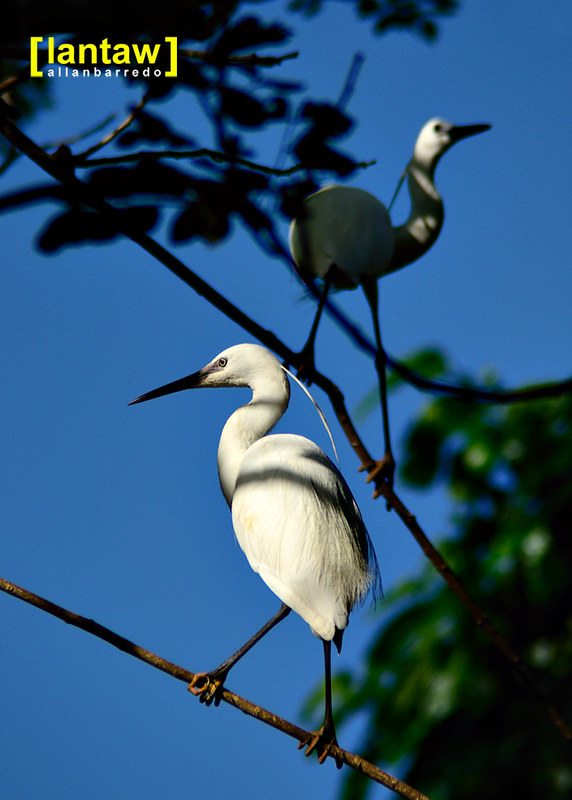

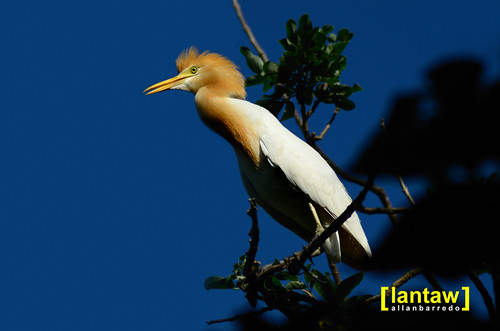

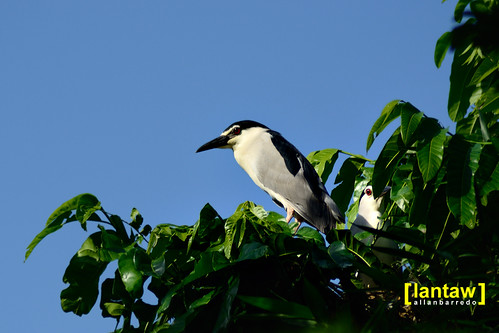

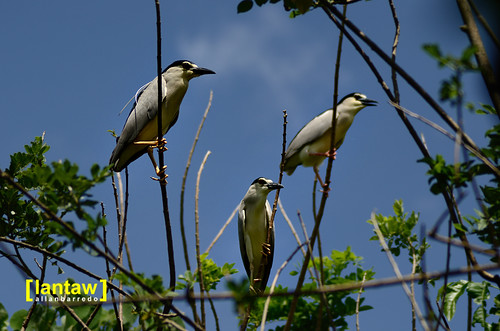
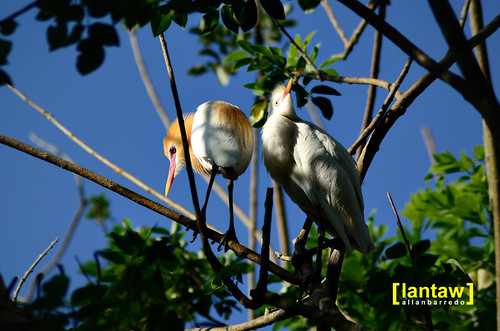
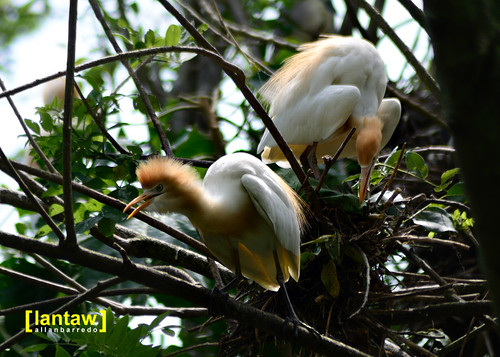
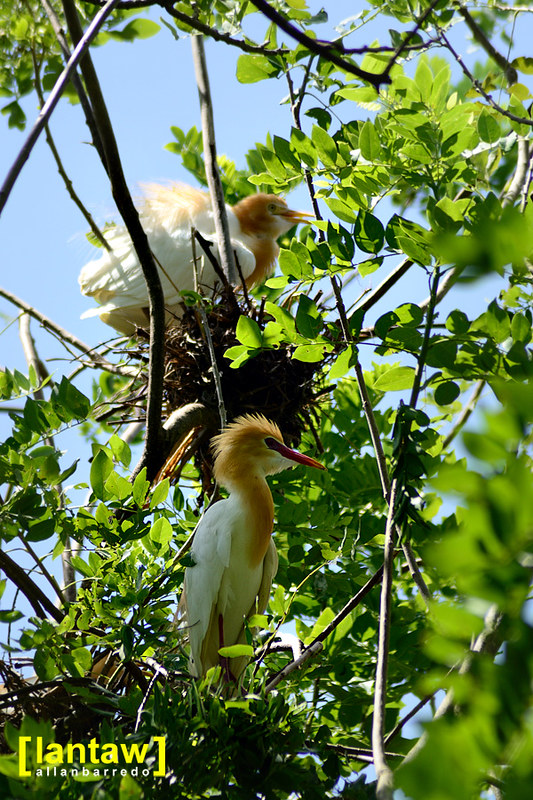

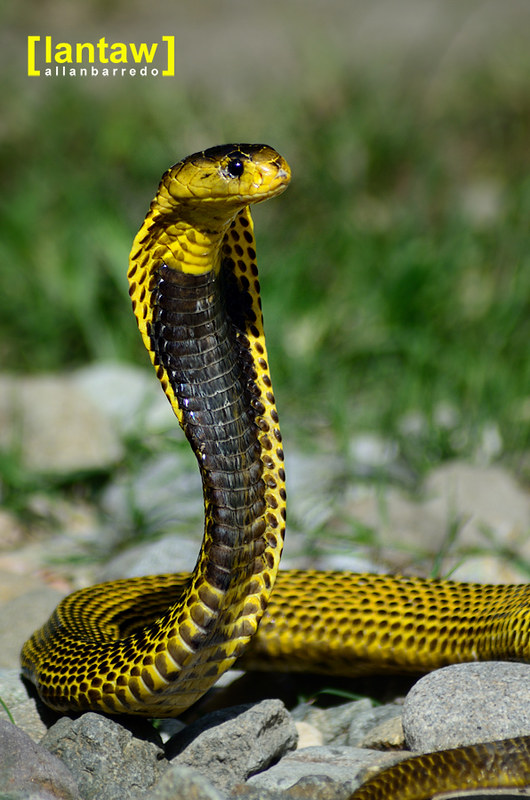

6 comments:
Beautiful captures!
Oh they are so beautiful... what with a great photography..,by that I really mean great. No other words can describe.
Thanks bertN and Prem!
Nice bird !
Naiiba talaga pag rare birds ang subject ano lan. Doc Remo invited me to bisit this Baras Bird Sanctuary. As, usual, very nice captures.
Thanks David!
@Bonzenti, thanks. Ganda ng Baras ano? I'll visit that place again soon when I have the chance
Post a Comment